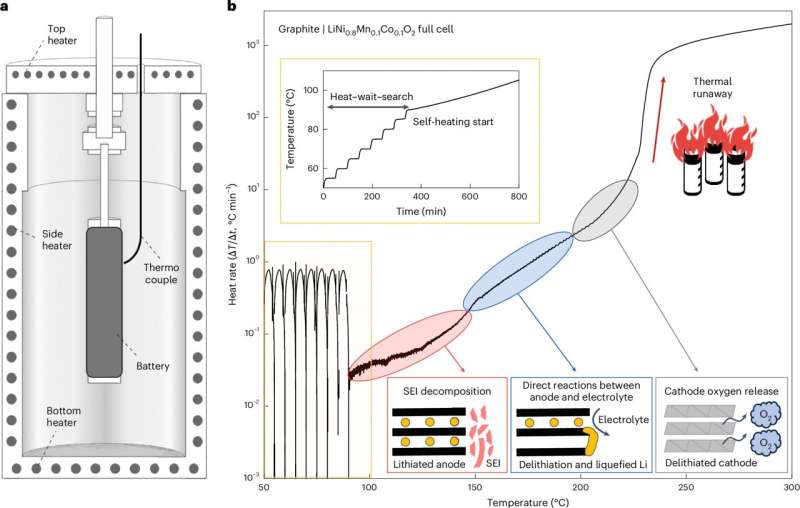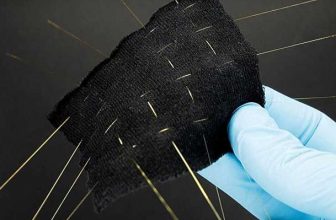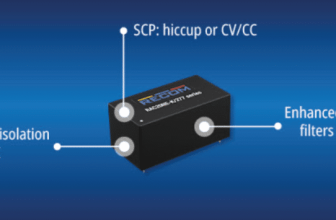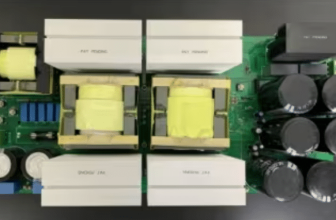
Check out our latest products
The tiny battery helps researchers study why batteries overheat and catch fire, making it easier to design safer batteries for daily use.

Lithium-ion batteries can get too hot and sometimes catch fire or explode. To help make them safer, researchers from the University of Tokyo have made a small and cheap way to test them. They built a tiny battery that is easier to overheat so they can study what goes wrong. This test battery is very small—only one-fiftieth the size of a normal one—so it’s easier to use in small labs and doesn’t need many materials.
When a battery is exposed to things like high heat, strong impact, or shaking, it can start to release heat very quickly. This is called thermal runaway, and it can make the battery so hot that it catches fire or explodes. One way to study this is with a test called ARC, which shows when the battery starts to heat up and how much heat it makes. But this test is risky and costs a lot, so many researchers can’t use it. A new method has been created that is safer and cheaper, making it easier for more people to study battery safety.

To address this, researchers developed a method to evaluate thermal runaway by designing a small battery that is more prone to overheating. This makes it easier to study the causes and behavior of thermal runaway in a lab setting.
The team created a simple equation to measure how likely a battery is to overheat. This value is called the thermal runaway factor (TRF). It uses data on how much heat a battery stores and releases. TRF shows that batteries make more heat if they have more energy, a bigger volume compared to their surface area, or materials that heat up quickly.
To keep the test battery small, the team made it release less heat by changing its shape and using different materials. They also removed parts that don’t make heat, like the outer case. The small battery—just one-fiftieth the size of a regular one—uses less material and is safer to test in a lab. This method helps check things like battery design, material, and storage conditions early in the development process. It can help researchers and companies make batteries safer and support cleaner energy in the future.
Reference: Seongjae Ko et al, Rapid safety screening realized by accelerating rate calorimetry with lab-scale small batteries. Nature Energy (2025). DOI: 10.1038/s41560-025-01751-7. www.nature.com/articles/s41560-025-01751-7


![[5G & 2.4G] Indoor/Outdoor Security Camera for Home, Baby/Elder/Dog/Pet Camera with Phone App, Wi-Fi Camera w/Spotlight, Color Night Vision, 2-Way Audio, 24/7, SD/Cloud Storage, Work w/Alexa, 2Pack](https://m.media-amazon.com/images/I/71gzKbvCrrL._AC_SL1500_.jpg)



![[3 Pack] Sport Bands Compatible with Fitbit Charge 5 Bands Women Men, Adjustable Soft Silicone Charge 5 Wristband Strap for Fitbit Charge 5, Large](https://m.media-amazon.com/images/I/61Tqj4Sz2rL._AC_SL1500_.jpg)





